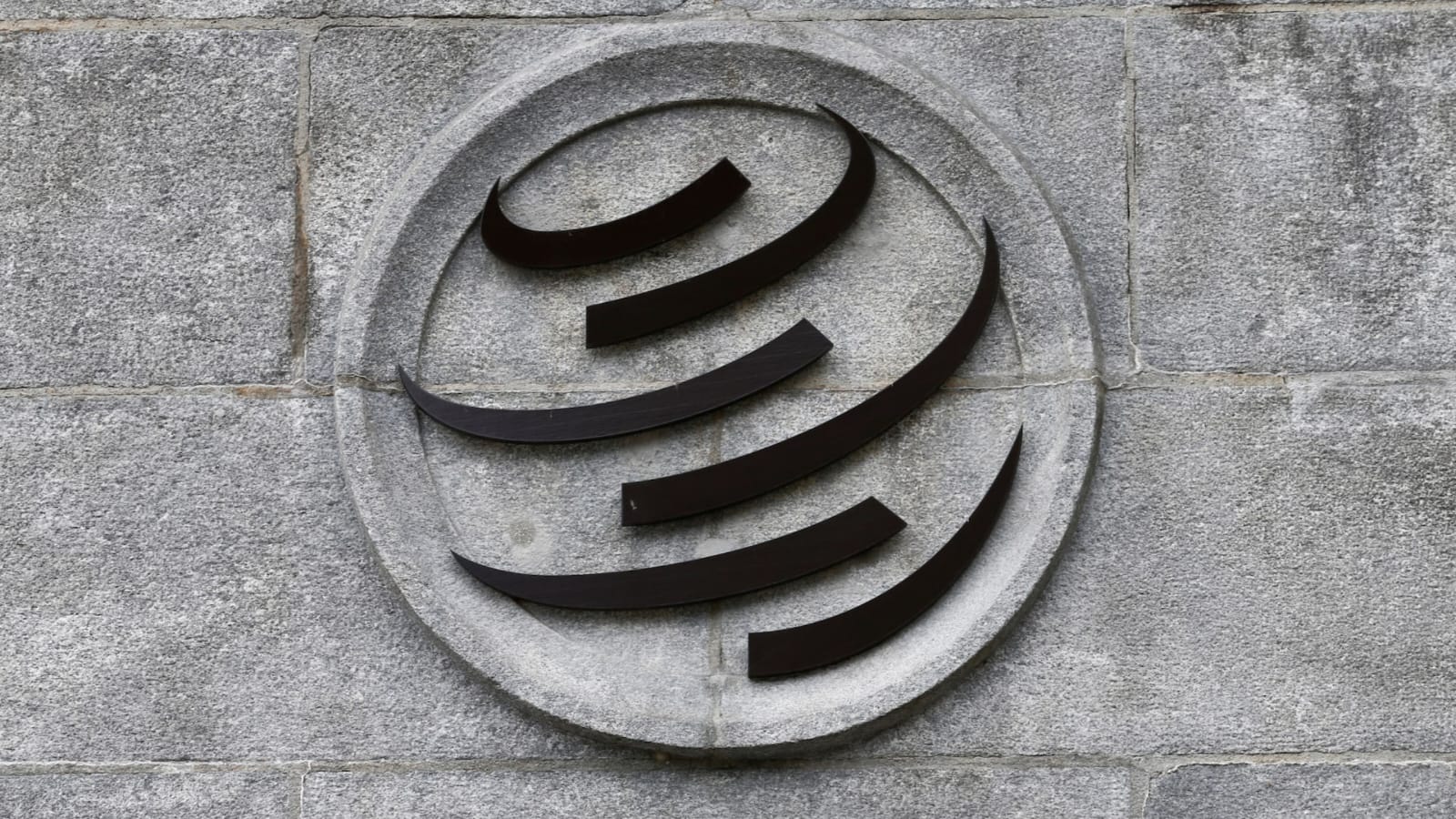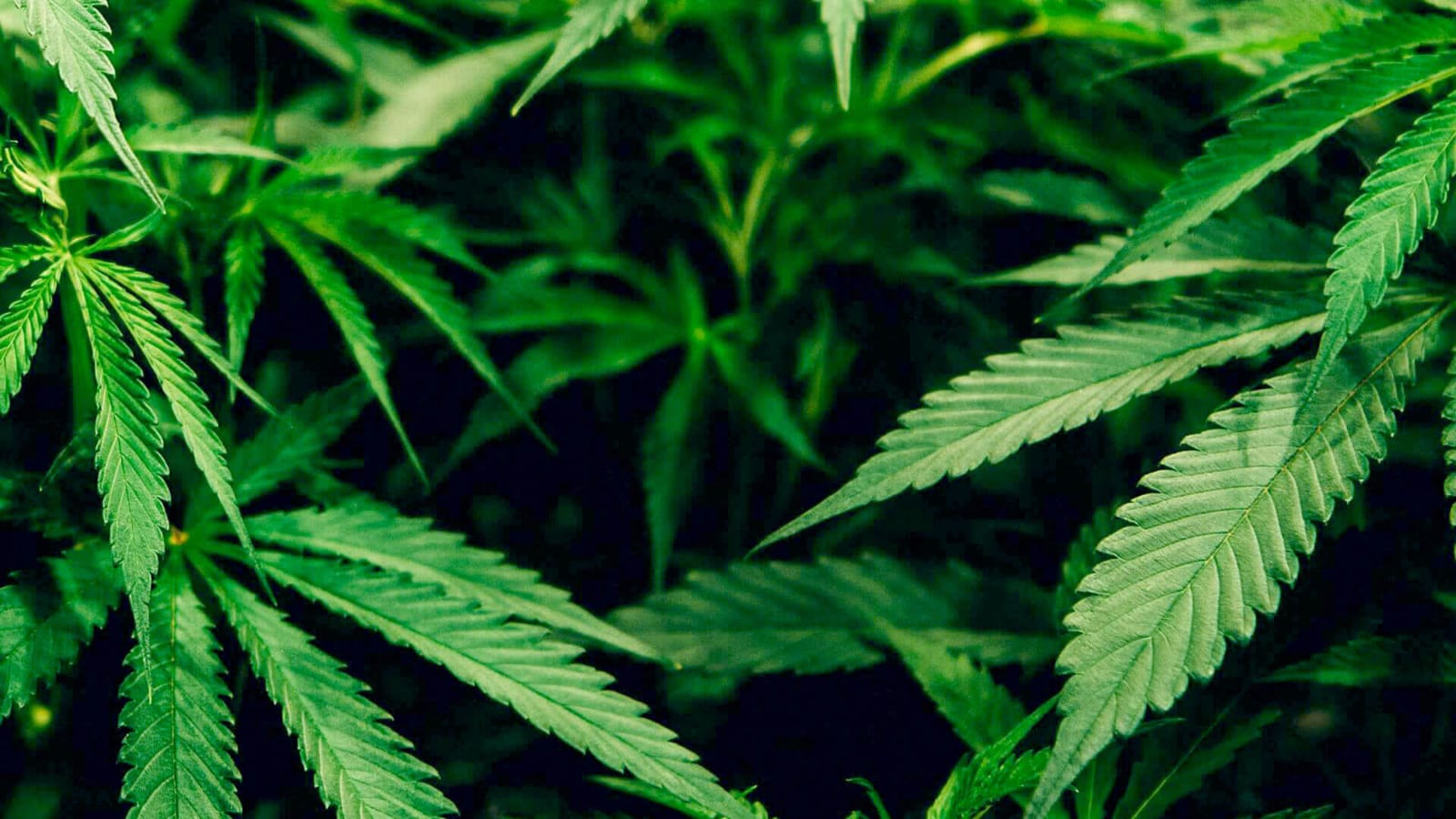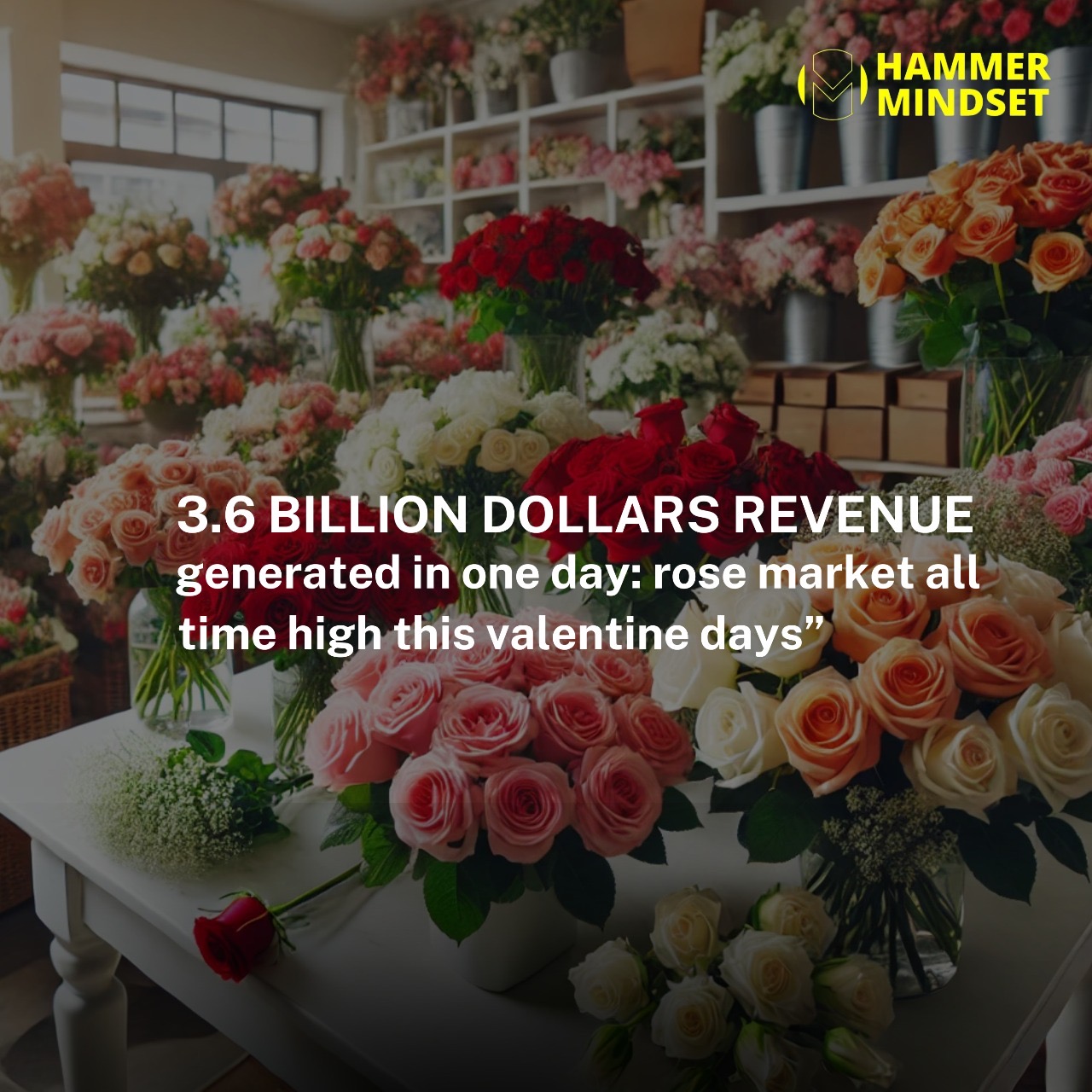In a striking development, gold prices have reached unprecedented heights in Dubai, crossing the Dh400 per gram mark and continuing their strong upward trajectory. This surge isn’t isolated; global markets have echoed the same sentiment with gold prices soaring past $3,300 per ounce. The metal’s robust performance is fueled by a potent mix of global geopolitical tensions, central bank buying, tariff conflicts, and evolving interest rate expectations. As a classic safe-haven asset, gold is gaining attention not just from investors, but also from analysts, traders, and ordinary buyers seeking protection against economic uncertainties.
Dubai’s Gold Market Hits Record Highs
Last week, Dubai’s gold market experienced a historic surge. The 24-karat gold price closed at Dh400.75 per gram, with other purities following suit—22K at Dh371.25, 21K at Dh356, and 18K at Dh305. Globally, the price closed at an astounding $3,315.13 per ounce, sparking enthusiasm and cautious optimism in the precious metals market. These figures are not just statistical achievements but signal a deeper shift in investor behavior amid economic and geopolitical instability.
Jewellers in Dubai, such as Siroya and Bafleh, noted increased interest in gold despite the high prices, with buyers willing to invest, seeing it as a long-term value-holding asset. While consumer purchases have slowed in some sectors due to the high prices, strategic investments in gold continue to grow.
The Driving Forces Behind Gold’s Ascent
Several factors are propelling gold prices upward. Firstly, the persistent global tariff war has led to risk aversion among investors, prompting a move towards safer investments like gold. Central banks worldwide have also shown a heightened appetite for gold, purchasing the metal in bulk to diversify reserves and hedge against volatile fiat currencies.
Secondly, interest rate expectations are shifting. The US Federal Reserve’s response to inflation data, notably the March Consumer Price Index (CPI) and Producer Price Index (PPI), which came in softer than expected, has raised the probability of a rate cut. Market analysts now predict a potential rate reduction as early as September, a scenario that typically benefits gold, which tends to thrive in low-interest-rate environments.
Citi and FxPro Analysts Predict Further Gains
Leading financial institutions have begun revising their gold price forecasts upward. Citi Research increased its three-month forecast from $3,200 to $3,500 per ounce, stating that the market is likely facing a rare physical deficit. This condition suggests that prices must rise further to encourage stockholders to release their gold holdings and meet the demand.
Alex Kuptsikevich, the chief market analyst at FxPro, echoed this sentiment. He observed that gold’s recent movements indicate the end of a short-term correction phase and forecast that prices could climb beyond $3,500, supported by strong technical and market fundamentals. According to Kuptsikevich, the 50-day moving average served as a launchpad for this new bullish leg in the gold market.
Jewellers and Market Experts Weigh In
From a local industry perspective, jewellers in Dubai remain cautiously optimistic. Rohan Siroya, CEO of Siroya Jewellers’ retail division, emphasized the difficulty in predicting the market but acknowledged that current prices are likely to stay stable for some time. Meanwhile, Chirag Vora, managing director at Bafleh Jewellers, suggested that gold prices still have room to grow, reflecting broader market sentiment.
On the global front, Linh Tran, a market analyst with xs.com, pointed out that interest rate expectations remain a crucial driver. She noted that the dovish tone of the US Federal Reserve and Powell’s acknowledgment of a slowing economy could accelerate policy easing. In such an environment, gold naturally emerges as a prime beneficiary, drawing both short-term speculative and long-term strategic investments.
Geopolitical Risks Continue to Strengthen Safe-Haven Demand
Gold’s rally isn’t just about economic indicators—it’s deeply intertwined with global politics. The Russia-Ukraine war shows no signs of resolution, and tensions in the Middle East have escalated significantly. These developments have intensified the search for safe-haven assets, causing capital to flow away from volatile equity and currency markets and into gold.
Maria Agustina Patti, a financial strategist with Exness, added that uncertainty in US-China trade relations is further bolstering gold’s appeal. Despite earlier optimism, mixed signals from the White House and firm stances from Beijing have cast doubt on the potential for smoother relations. This lingering uncertainty is expected to sustain elevated levels of demand for gold globally.
What Lies Ahead for Gold Investors?
With multiple macroeconomic and geopolitical variables at play, the consensus among analysts is clear: gold’s foundation remains strong. Unless a significant and unexpected market shift occurs, prices are likely to maintain their upward momentum. The Fed’s anticipated rate cuts, combined with central bank demand and geopolitical unrest, form a trifecta of support for further gains.
While consumers may hesitate at current price levels, investors—especially those with a long-term view—are likely to continue increasing their exposure to gold. As the global financial landscape remains uncertain, gold offers not just a hedge, but a strategic opportunity for capital preservation and appreciation.
Whether you’re a casual buyer in Dubai or a serious investor monitoring international trends, the message is clear: gold isn’t just glittering—it’s surging.








